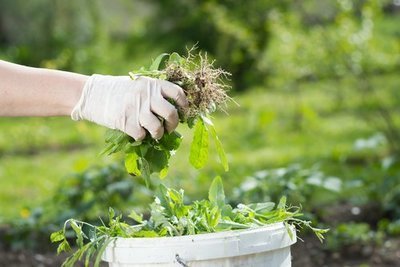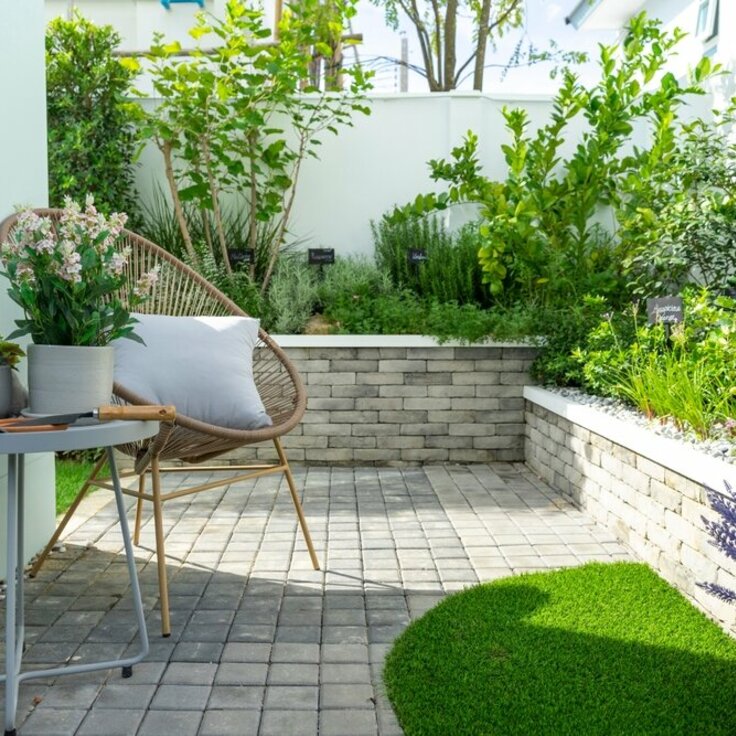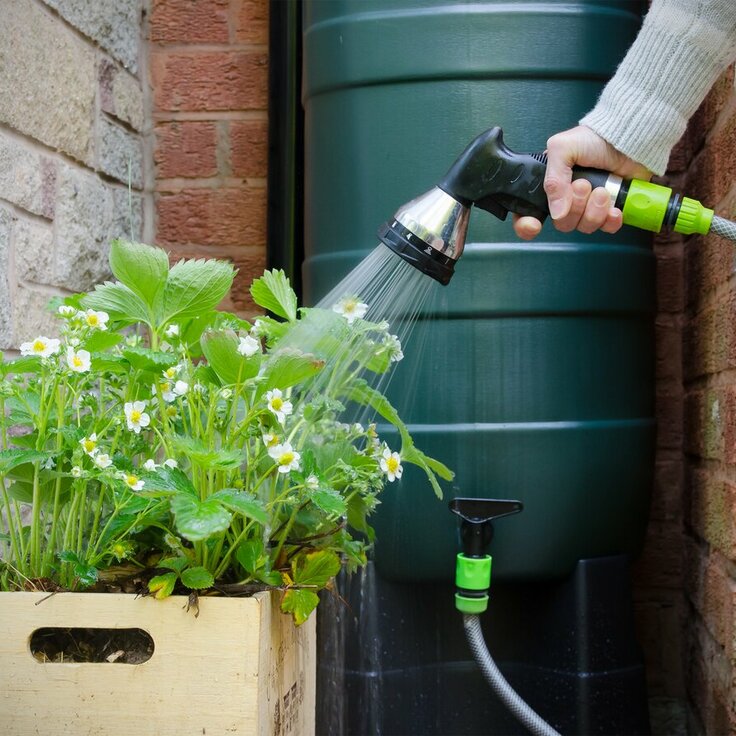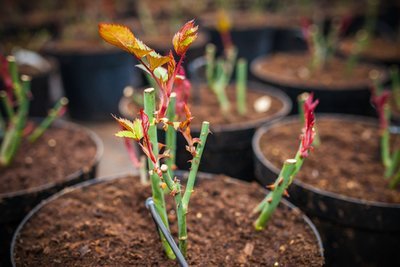Maximize Your Garden's Potential: The Ultimate Guide to Pruning in February
Are you looking to enhance the growth and beauty of your garden this February? Then, you need to understand the importance of pruning and how to do it correctly. Pruning not only helps in maintaining the shape of your plants but also encourages healthy growth, improves their overall health, and even increases their lifespan.
In this comprehensive guide, we'll take you through the basics of pruning and help you master the art of pruning to maximize your garden's potential.
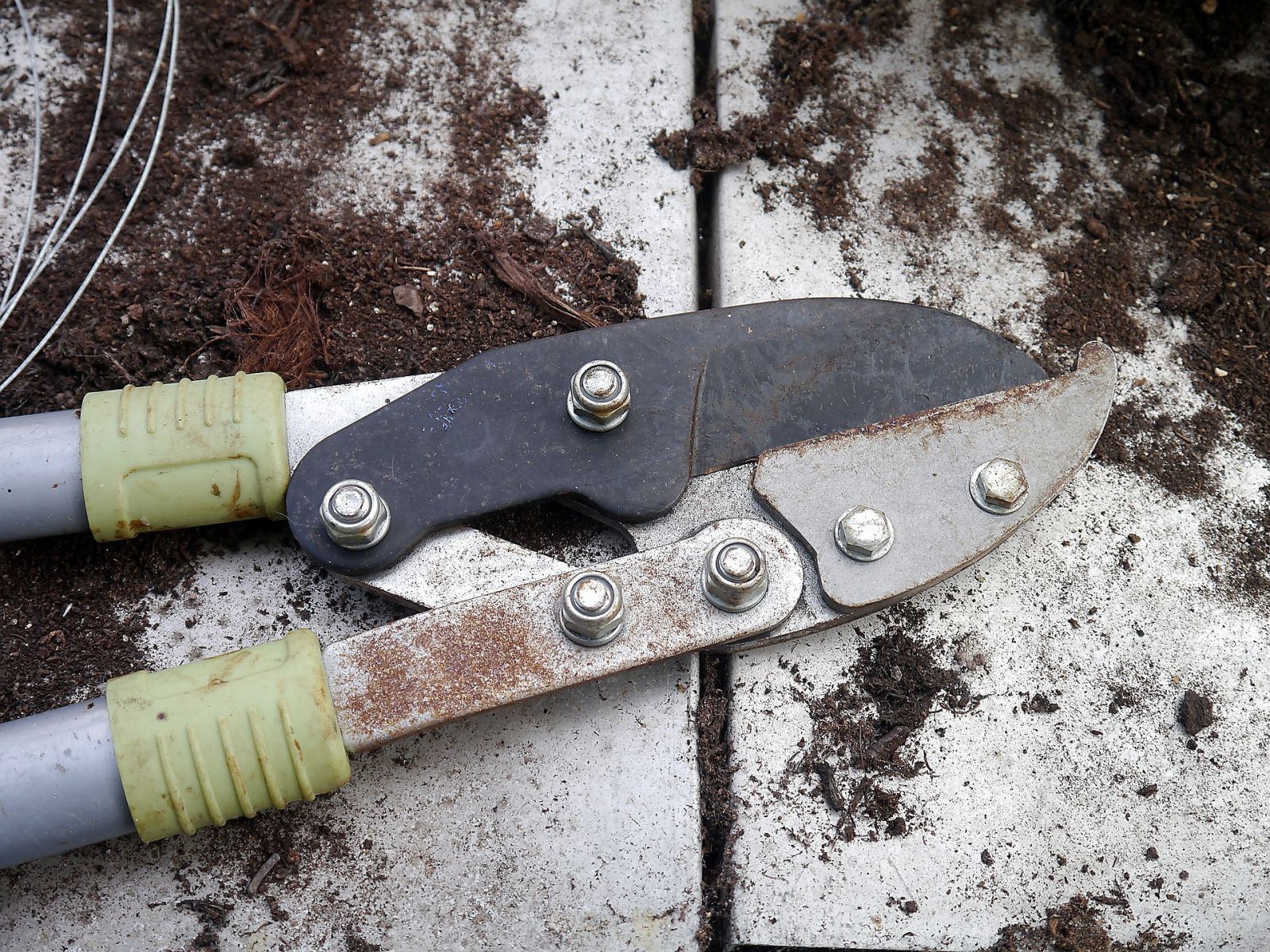
Why is Pruning Important for Your Garden?
Pruning is an essential horticultural practice that helps to maintain the health, appearance, and structure of your plants. It also helps to improve the flow of sap, remove diseased or damaged branches, and encourage the growth of new shoots.
Pruning can also be beneficial in controlling the size and shape of plants, especially those that are taking up too much space or are becoming too tall. This not only makes your garden look neater but also ensures that the plants get enough sunlight, air, and water to grow properly.
When is the Best Time to Prune Your Plants?
The best time to prune your plants depends on their type and the purpose of pruning. For example, deciduous trees should be pruned in late winter or early spring, while evergreens should be pruned in late spring or early summer.
However, February is a great time to prune many deciduous plants, such as roses, fruit trees, and grape vines, as it helps to remove any diseased or damaged branches before the new growth begins.
How to Prune Your Plants Correctly
Pruning can be a complex task and requires some knowledge and skills. Here are the steps you need to follow to prune your plants correctly:
- Identify the plant you want to prune and the purpose of pruning.
- Locate the main branches of the plant and the secondary branches that grow from them.
- Identify and remove any dead, diseased, or damaged branches, as well as any shoots that are crossing or growing too closely together.
- Cut back the remaining branches to the desired length, making sure to cut just above a bud that faces in the direction you want the new growth to occur.
- Repeat the process for each plant you want to prune.
Tools You'll Need for Pruning
To prune your plants correctly, you'll need a few tools:
- Pruning shears: These are small, hand-held scissors that are used to cut stems and branches up to ¾ inch in diameter.
- Lopping shears: These are larger scissors that are used to cut branches that are up to 2 inches in diameter.
- Pruning saw: This is a saw that is used to cut branches that are too thick for pruning shears or lopping shears.
- Hedge shears: These are large, long-handled scissors that are used to trim hedges and shrubs.
Common Pruning Mistakes to Avoid
Pruning can be a complex task, and it's easy to make mistakes. Here are some common pruning mistakes to avoid:
- Pruning at the wrong time: As mentioned earlier, the best time to prune your plants depends on their type and the purpose of pruning. Pruning at the wrong time can damage your plants and affect their growth
-
Pruning too much or too little: Over-pruning can reduce the plant's energy reserves and cause stunted growth, while under-pruning can result in an overgrown and messy-looking garden.
-
Making improper cuts: Improper cuts can cause damage to the plant's growth buds and leave it vulnerable to diseases and pests.
-
Not sterilizing your tools: Not sterilizing your pruning tools can spread diseases from one plant to another.
Tips for Pruning Success
-
Plan ahead: Make a plan of the plants you want to prune and what you hope to achieve.
-
Use the right tools: Make sure you have the right tools for the job, and that they are in good condition.
-
Know your plants: Familiarize yourself with the growth habits of the plants you want to prune.
-
Start with a clean slate: Remove any dead or diseased leaves or branches before you start pruning.
-
Follow the natural shape of the plant: Prune in a way that follows the natural shape of the plant and enhances its overall appearance.
Conclusion
Pruning is a crucial aspect of garden maintenance that can help to enhance the beauty, health, and longevity of your plants. By following the tips and guidelines outlined in this guide, you can prune your plants correctly and achieve the best possible results. So, grab your tools and get ready to prune your way to a beautiful and healthy garden this February!



